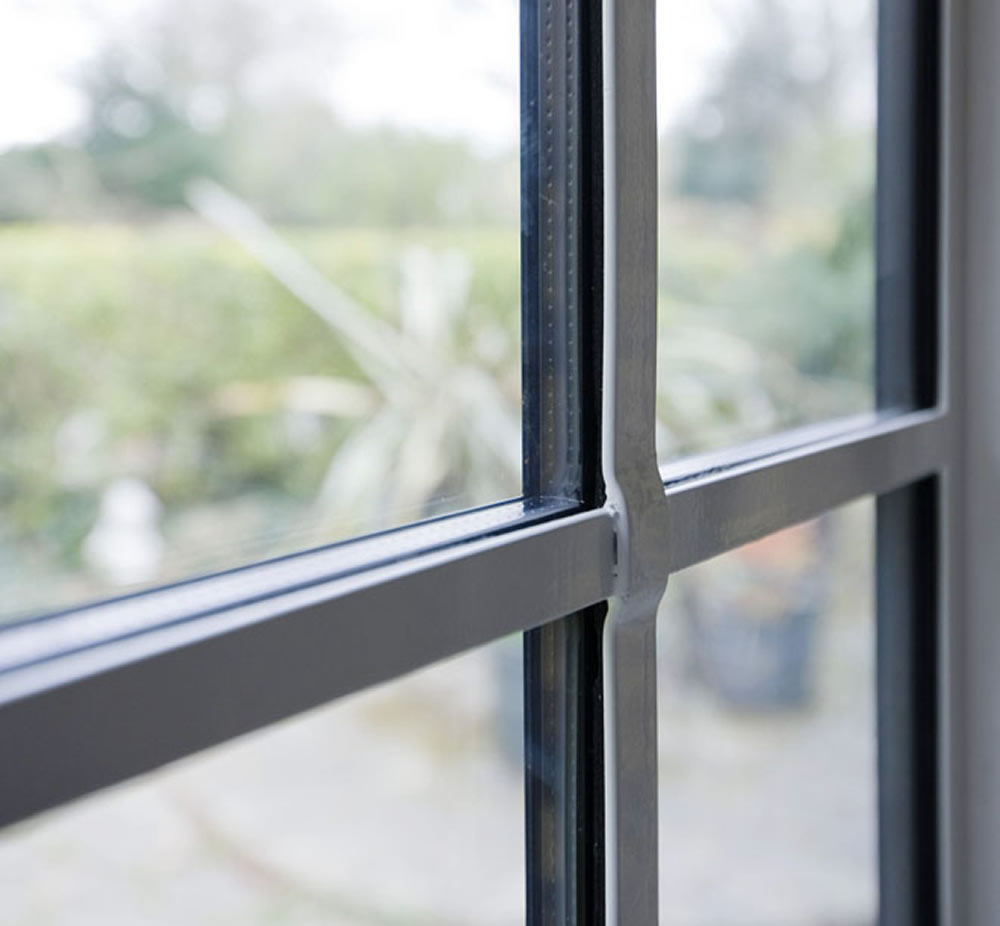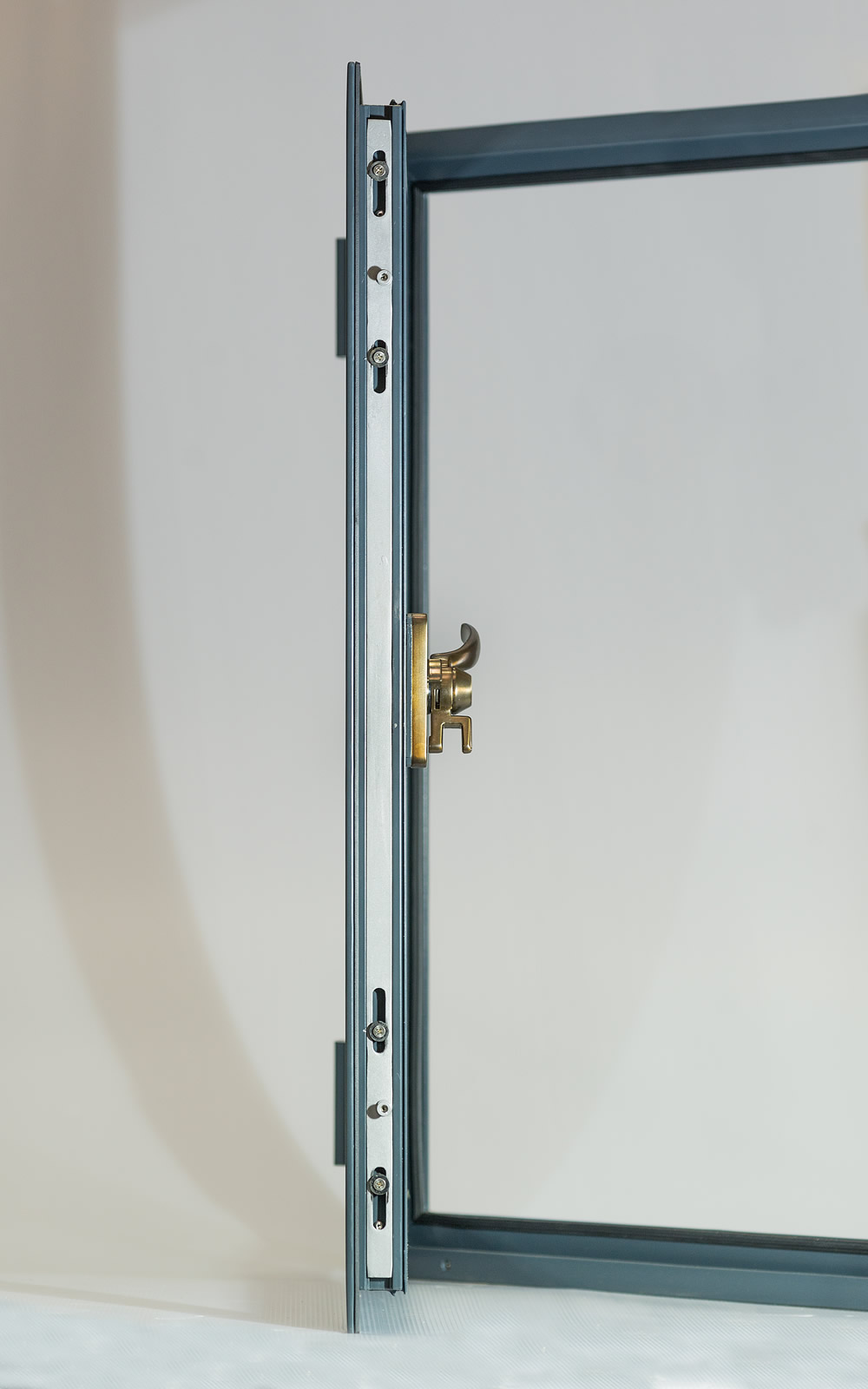NEWS
November 21st, 2018
It is customary in any industry for there to be a number of technical terms used on a daily basis by employees which are not necessarily in regular use outside the company.
At Clement Windows, some of the questions we are most often asked are around the terminology customers come across when looking to purchase steel windows, doors and screens or conservation rooflights. We’ve put together the following jargon-buster and glossary to help break down some of the more technical terms and make your experience that little bit easier.
A colourless gas used in the airspace of a dual or triple pane insulated glass unit to increase the thermal performance. Our EB24 range of steel windows comes with argon gas as standard.
Introduced a few years ago as a way of standardising the energy performance of a window, which was previously expressed as a U-value (see below), the Window Energy Rating (WER) score is based on the total flow of energy through a window and takes into account its U-value, G-value (how much energy it absorbs from the sun) and ventilation. The rating applies only to complete windows i.e. the frame and the glass together, not separately.
Just like electrical goods, Window Energy Rating scores are shown as letters in a scale from A to G, with A the best and G the worst. The minimum level for replacement windows under building regulations is 1.6W/m2K, which is in band C. Windows in new dwellings have a slightly easier to hit target of 2.0W/m2K, but must be specified in conjunction with walls, floors, ceilings, etc to ensure the property hits the overall minimum performance permissible.
Clement’s EB range can achieve a ‘B’ WER.
A surface mounted piece of window or door furniture that secures locking, generally through a turn of 180 degrees on a centrally located handle.
A method of joining the vertical or horizontal glazing bar on a window. Initially patented in the early 20th century by a German company, the technique is widely used throughout the industry.

A general description for a number of windows or doors, or both, in a building.
A non-opening window.
G+ uses an engineered welded steel ‘grid’ fabricated in a horizontal (or horizontal and vertical) pattern to match the configuration of the original glazing bars in a window. This gives the illusion of multi pane windows, but through the use of only one piece of glass. Windows are very thermally efficient in comparison to individually glazed panes.
A hot rolled ‘tee’ section (in the shape of a ‘T’) made as a glazing bar to accept single or double glazing.
The internal or external trim which along with the gaskets and mastics holds the glass in place.
All the equipment relating to operating the window or door.
An Insulating Glass Unit (IGU) consists of two or more panes of glass spaced apart and hermetically sealed to form a single unit with an air or gas filled cavity between each pane of glass.
The upright or vertical parts which form the outside of a frame. Normally associated with timber surrounds.
An historic glazing system with small, rectangular or diamond shaped panes known as ‘quarries’ set in a lattice of thin strips of lead made in the shape of an ‘H’ called a ‘came’.
Low-E or low-emissivity glass has a fine, almost invisible coating of metal oxide on one surface, which lets in heat and light from the sun but stops heat from leaving the room, reducing heat loss considerably.
Vertical strut within the frame.
Noise reduction can be achieved by double or triple glazing, but you can also get glass that incorporates a layer of special laminate for acoustic performance.
A metal bar that operates all or part of a window.
Polyester powder coating (PPC) is the factory process by which colour is added to a hot dip galvanised metal and other surfaces. Clement Windows provide an average paint coating in excess of 100 microns on flat surfaces – the industry standard calls for 60/70 microns.
A section of the Building Regulations that, among other materials governs the thermal performance of windows and doors.
RAL is a colour matching system for powder coating and varnishes used throughout Europe.
Safety glass can be toughened or laminated, or both. Toughened glass has been heat-treated to fragment into tiny pieces on impact, rather than into dangerous shards. Laminated glass cracks when it is hit and only breaks with difficulty. Both can help windows to meet Building Regulations on safety and security, but laminated glass is potentially a liability in places where you may need to break the glass in case of fire.
Secured by Design (SBD) is a national police initiative aimed at ‘designing out’ crime in some building products. SBD windows include crime prevention features such as multi point locking bolts that lock the window into the frame at a number of locations, or 100% safety glass.

Self-cleaning glass has a microporous coating which reacts with sunlight to break down dirt and then encourages rain to wash it away.
This is the space that the window or rooflight must fit into.
An element which provides a continuous barrier between the inside and the outside of the window frame to reduce or prevent the flow of thermal energy.
Available in green, blue, bronze or grey, tinted glass can limit the entry of sunlight but does nothing to keep heat in a room.
A trickle vent is a common form of ventilation that provides a steady flow of fresh air.
Horizontal strut within the frame.
A U-value is a measure of heat transmission through a door or window. The lower a window’s U-value, the better its insulating performance. An overall U-value is a rating for the energy conductivity of the whole window, including the glazing, frame and glass. A U-value using the centre pane method is a rating for the energy conductivity through the middle of the pane of glass only.
Material generally fitted to the opening sash that assists with the resistance to air and water infiltration.
An extension pole with a winding mechanism used to open and close windows which would otherwise be inaccessible.
If you still find there are some terms that confuse you around steel windows and doors, steel screens or conservation rooflights, please contact one of our sales team today. We will be happy to advise you on any technical terms used and help you to make the right choice.